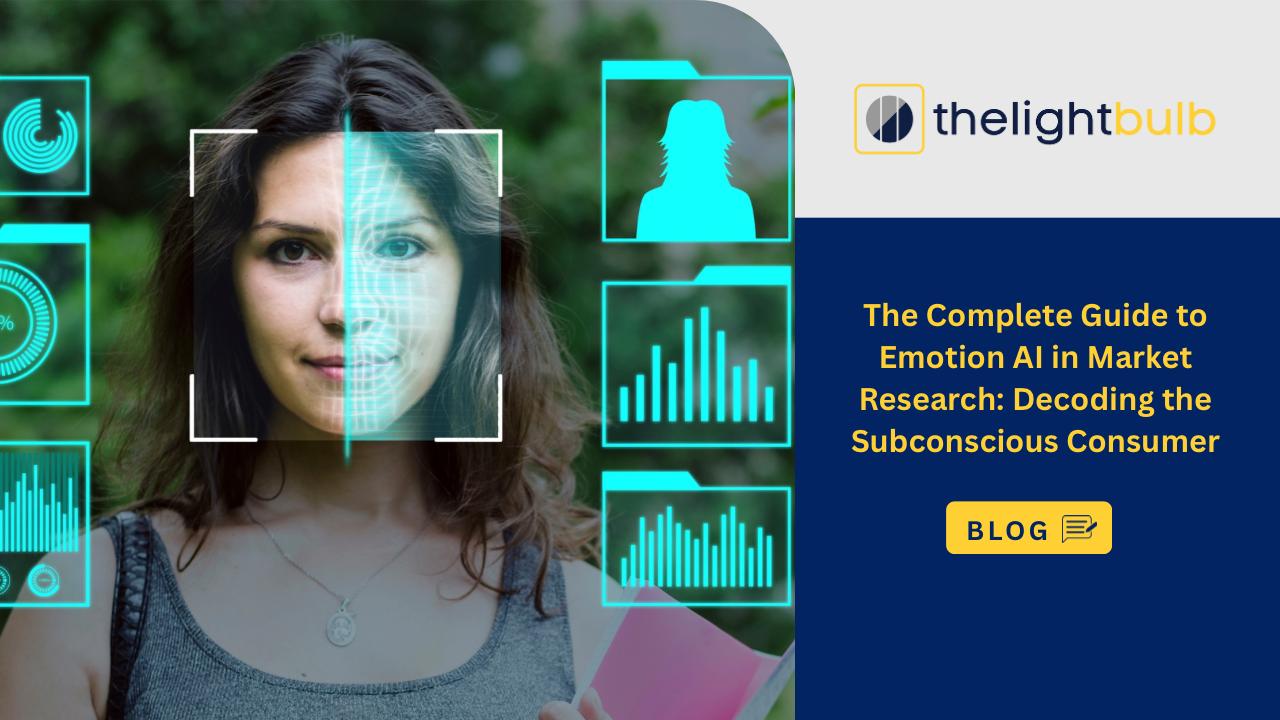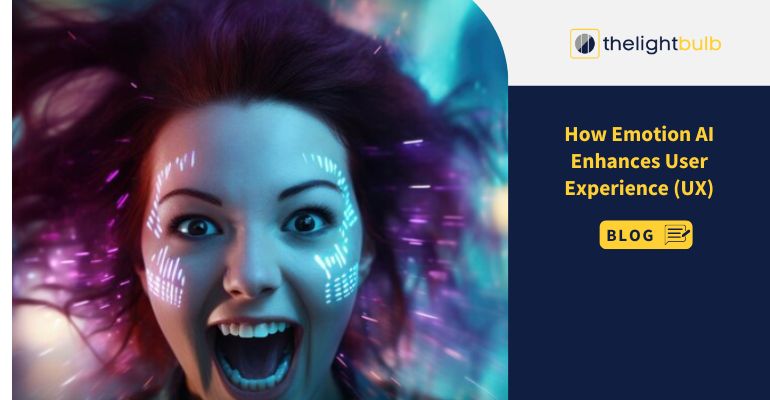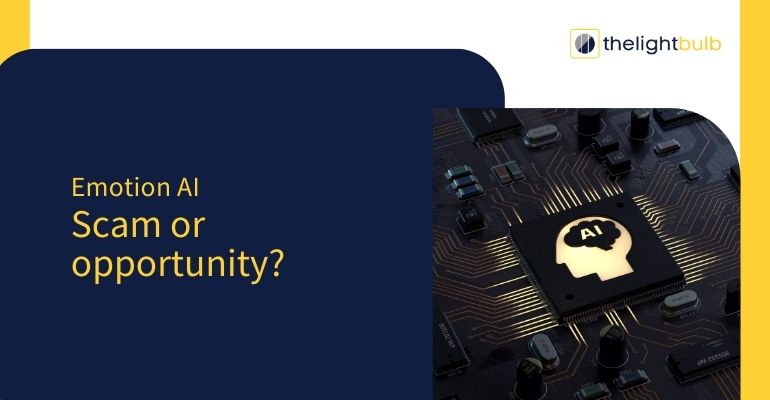
Emotion AI or affective computing, has witnessed lot of progress in the recent past years. This is technology where machines can be able to identify and respond to emotions of the human beings, and this is a technology that has the potential to change different industries through improving the relationships between humans and computers. As to the future, several trends can be noted that will define the further evolution and usage of Emotion AI. This blog aims to elaborate upon the seven trends in Emotion AI that are most likely to unfold in the next decade.

Introduction to Emotion AI
Emotion AI applies the predetermined techniques of facial and voice analysis and others such as body signals to assess the likely emotional status of an individual. Here are the areas where this technology can be employed: health care, customer relations, teaching and learning process, and entertainment. With this advancement in Emotion AI, the future holds better improved interfaces between people and machines through enhanced perception of people’s emotions.
Increased Integration with Wearable Devices
Wearable devices are one of the prominent trends in the future of Emotion AI that will enhance the application’s functionalities. Smartwatches, fitness trackers, and other wearable technologies are turning into genuine technologies and are able to capture not only several physiological indicators, including heart rate, skin conductance, facial expressions, etc. These coupled with Emotion AI, Wearables can also inform you of your current emotional status in real-time .

For instance, a watch could monitor stress or anxiety and suggest ways for the user to lessen the level of stress. This could be messages to get some rest, do some deep breathing, or things like that and also other messages that are related to such functions. The integration of Emotion AI with wearables will improve wearables’ utility in personal enhancement and in monitoring the state of mental health.
Emotional Artificial Intelligence in VR and AR
Virtual Reality and Augmented Reality are two budding domains that have a lot of promise and scope of using Emotion AI. Incorporation of the proposed emotion detection scheme into virtual reality and augmented reality contexts can improve the interaction experience of these technologies with the users.

For instance, in VR gaming, this breaks down to changing the environment of the game in accordance to the emotions of the player. When the player feels a bit upset they can be offered pointers or the game can be made easier so the player enjoys the game. As for the training and simulating applications, Emotion AI in AR may offer the emotional feedback during the usage thus strengthening the user’s EI and coping skills.
Enhanced Customer Experience
The concept of emotion AI is proposed to revolutionise customer service through introduction of more sensitive approaches of handling customers. In the future, people providing customers’ service whether it is provided by an avatar or a human being will be able to understand the mood of the clients and respond adequately. The consequence will be increased business customer satisfaction and that will in return increase business customer loyalty.
For instance, an online assistant of a business may integrate Emotion AI’s capability to tell whether a client is angry or stressed and console the client. Likewise, in the retail industry, Emotion AI can to capture customers’ responses to product or services through facial and body movements with a view to guiding customers’ recommendations hence improving their shopping experience.
Advancements in Healthcare
The wellness sector is another that will benefit a lot from Emotion AI technology. It also can be applied to ensure patients’ psychosocial state and make interventions when necessary. It can be used in assessing mental in patients and client states, in tracking patient’s compliance with treatment and well-being in chronical diseases management.
For example, speaking of Emotion AI, it can be implemented to recognize the symptoms of depression in a conversation during the online consultation by a doctor. It can be employed by the healthcare providers to ensure the patients receive proper care and encouragement. Besides, therapy domains can also apply Emotion AI to ‘coach’ the patient during a therapy session and give feedback on what the patient is feeling.
Improved Educational Tools
Thus, it is expected that emotion AI will be one of the critical components of education in the near future, helping make learning more effective and interesting. Thus, based on the students’ emotions, educators can change the approaches to increase learning effectiveness.
For instance, on Emotion AI, an instructor may notice that some of the students are having a hard time grasping a certain concept in class and therefore, help out with further study materials. Speaking of online learning, Emotion AI could track the level of the students’ engagement and adapt the process to make students eager to learn. This will provide a custom experience to the education, which will increase the academic accomplishment in institutions.
Emotion AI in Entertainment
The industry that will receive major improvements is that of entertainment, which will be positively impacted by the integration of Emotion AI. This means one can be able to capture more feelings in the movement of the movies, the lyrics in the music, or even the interfaces in the games.

More broadly, for example, in making a movie, Emotion AI can identify the emotional responses of viewers during screening test and assess the audience’s patterns to each scene. These can then be implemented on the final output to ascertain whether or not the information matches with the target audience. In music, there are huge possibilities, where Emotion AI can produce the specific playlist for the specific emotions the listener has at the moment for better music listening experience.
Ethical Considerations and Privacy
However, as Emotion AI shall grow more popular in the future then issues of ethicality and privacy shall also arise. Mood tracking and other forms of data gathering and analysis in connection with personal emotional characteristics denote a set of corresponding issues related to consent and privacy, as well as concerns with data potential use.
In the next decade, simpler regulation on the use of Emotion AI will emerge which can be called ethical standards and policies governing the industry. Businesses will need to be more concerned with the user’s consent in the process, then describe how exactly emotional data is gathered, processed and utilized. Also, a point will be made of ensuring that systems that incorporate the use of artificial intelligence do not enforce bias and discrimination.
Smart homes and Emotion AI
AI consumers goods have already started trending and Emotion AI will upscale the intelligence of smart home devices. When Emotion AI is incorporated into smart home applications, machines are capable of adapting to the occupants’ emotions, making the home environment more comfortable.

For example, in smart homes with Emotion AI technology, when a particular resident is stressed up, the lights, temperature, as well as background music will be changed to something relaxing. It can also allow a prompt for a break or to engage in relaxation exercises that go a long way in enhancing the health of the workers.
Conclusion
Looking to the future, Emotion AI holds a great lot of potential and the future seems to hold many great things for it. Customer experience and education will see changes right up to improved healthcare delivery and entertainment with the help of Emotion AI. Speaking of the future of this technology we need to remember about the ethical issues and misuse of the Emotion AI. In this way, acknowledging these trends and innovations, we may expect that Emotion AI will make people’s lives better in the future.











